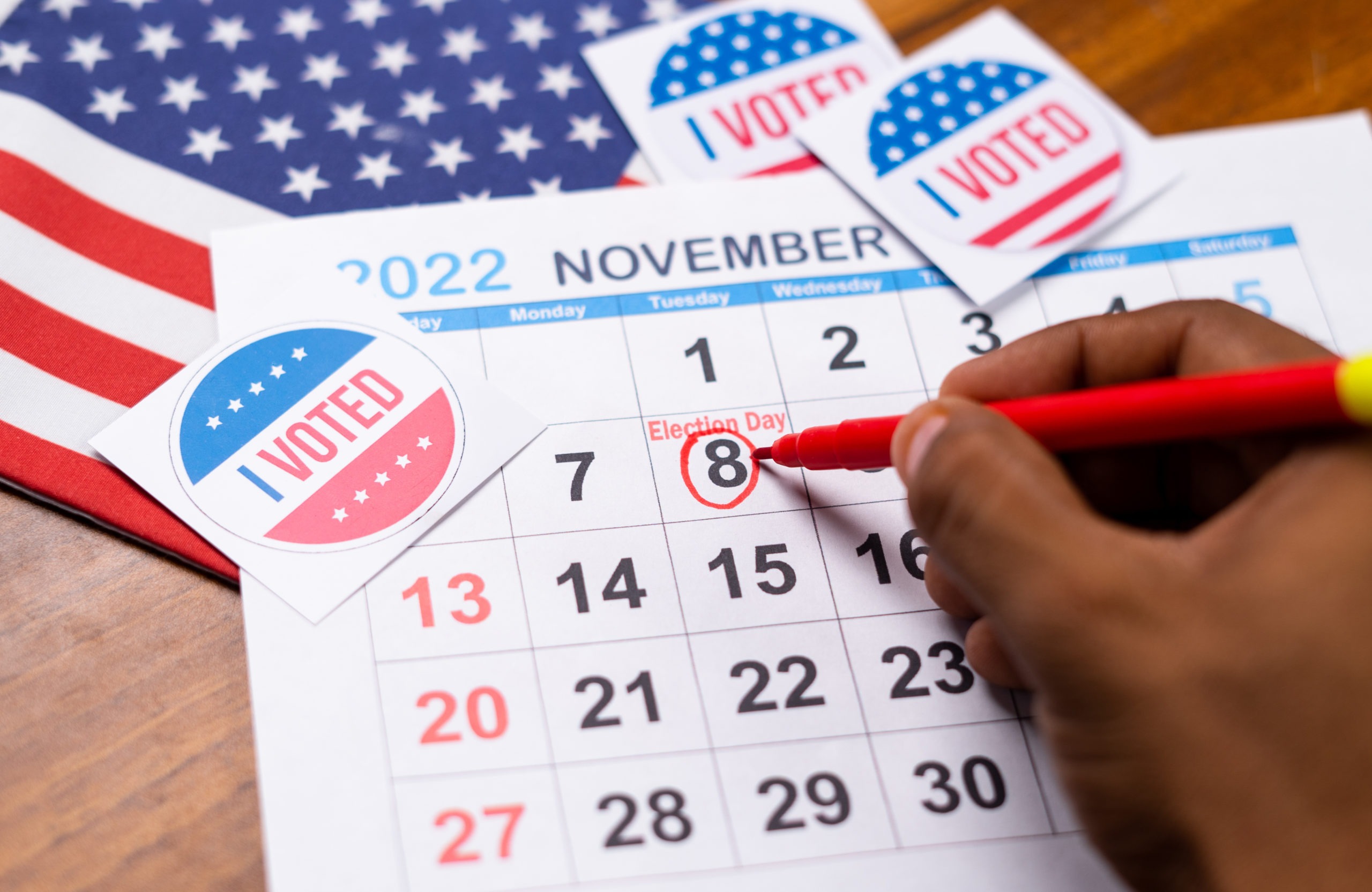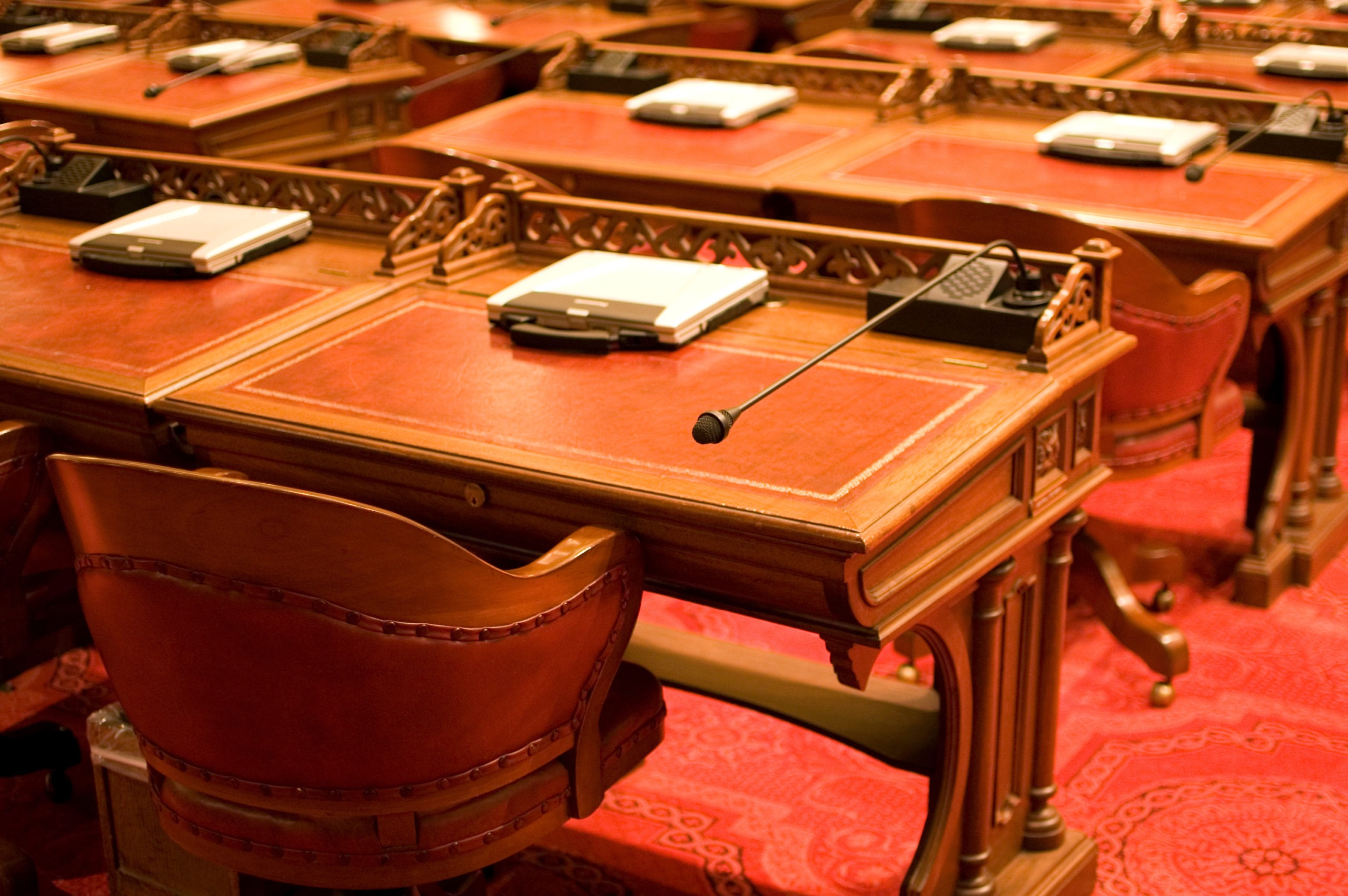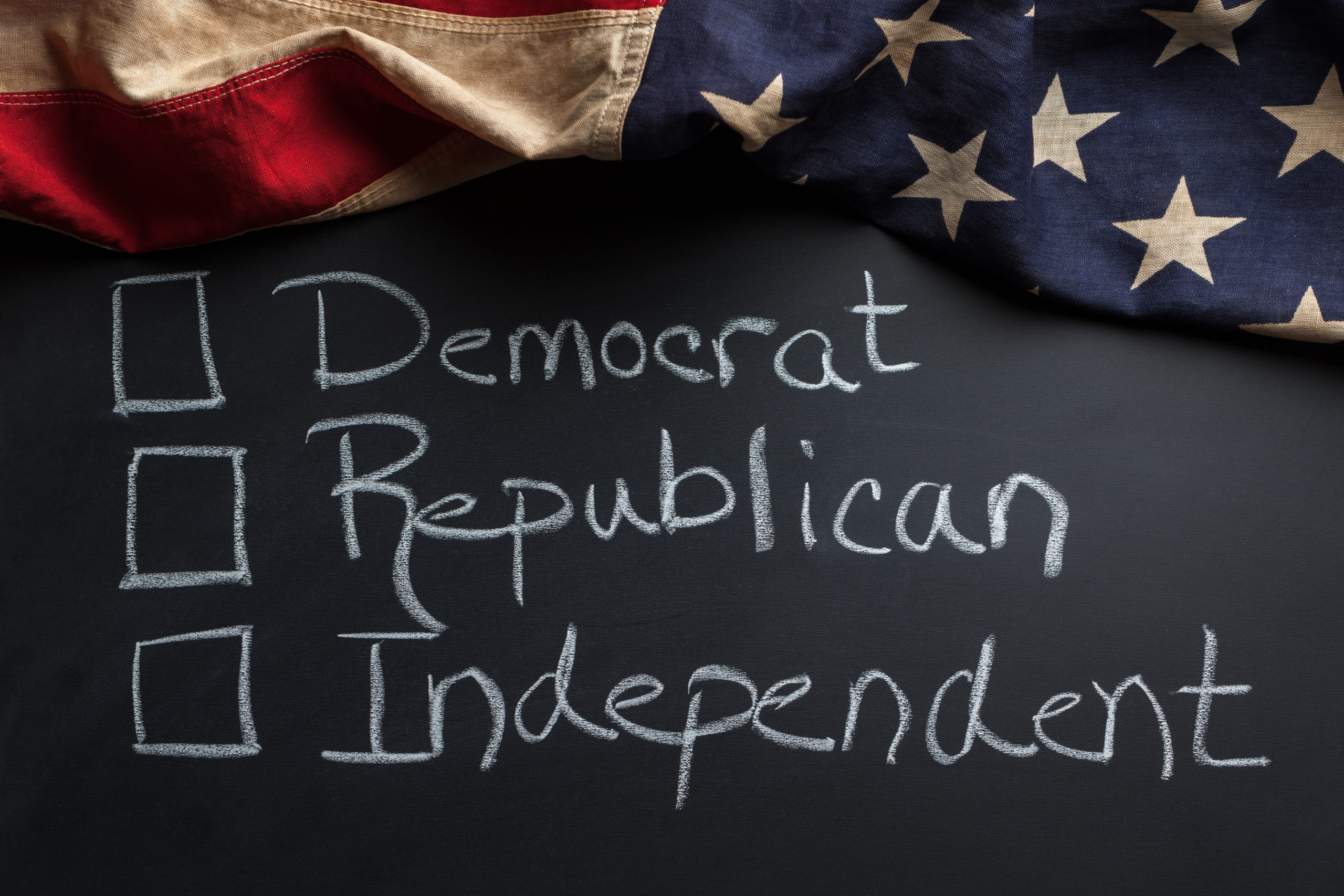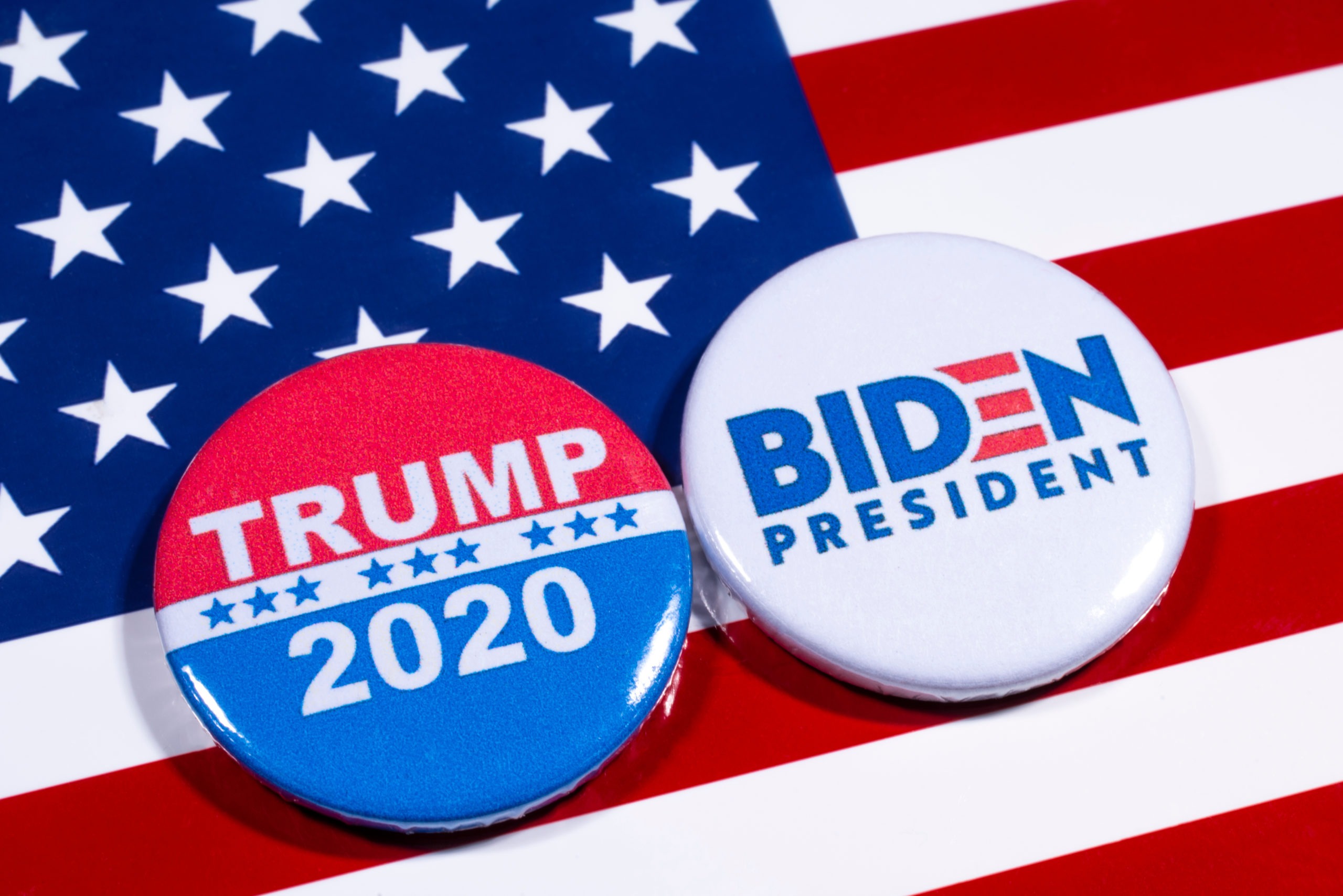We the People: How PR Sits at the Cornerstone of the Political Landscape
Published on Dec. 01, 2022, at 8:36 p.m.
by Trinity Hunter.
On Tuesday, Nov. 8, 2022, the United States held the midterm elections. A midterm election takes place every two years, marking the middle point of a presidential term. According to Rock the Vote, 2022 was an election period for every seat in the House of Representatives, while 34 states chose senators and 36 states selected their next governors.

Certain races, such as the gubernatorial election in Georgia between Stacey Abrams and Brian Kemp, or in Pennsylvania as voters had to decide between John Fetterman and Dr. Mehmet Oz, have held the nation in a chokehold. Since President Biden was elected in 2020, the Democratic Party has maintained control of both the House and the Senate. In the days leading up to the election, political analysts predicted that Republicans would be well positioned to take back control of Congress, potentially leading to increased polarization between the parties when passing legislation.
Though the expected “red wave” — a common phrase used to describe the forecasted Republican success on election night — did not come, it is critical to note what brought the country to this point. Vying for political control of Congress is no new game; as one of the three branches of government, Congress has significant responsibilities, including but not limited to declaring war, holding oversight hearings and wielding legislative powers.
Between the House and the Senate, both chambers also have specific parameters on what they can and cannot do. The House has more members between the two, as each state is granted a specific number of seats based on its population. Powers bestowed to representatives range from initiating an impeachment process of a federal official to deciding on who will win a presidential election if no candidate reaches the necessary number of electoral votes.

In the Senate, each state is allotted two members, meaning that senators have representation power over the entire state instead of a specified district. Senators will also serve a six-year term as opposed to the two-year term for representatives. The responsibilities of the Senate include serving as the “court” for impeachment hearings and deliberating on presidential appointments. The latter of the responsibilities has been a point of contention over the last couple of years. During the Trump presidency, Mitch McConnell, current minority leader within the Senate, and the president were accused of packing the courts throughout the country.
The concept of “court packing” is not necessarily new. While some reference the phrase as an attempt to increase the number of judges sitting on one court, the fundamental basis of court packing is to skew partisanship to one side or the other. During the late 1930s, President Franklin D. Roosevelt was accused of trying to pack the Supreme Court in response to multiple aspects of the New Deal being struck down by its membership at the time.
So, why does this polarization matter? Isn’t the whole point of politics to have conflicting views that lead to collaborative legislation?
According to Pew Research Center, political polarization in the United States has been decades in the making. In fact, the data pulled by Pew shows that Democrats and Republicans are farther apart today than any other time in the past 50 years. The platform has conducted continuous research to understand why this trend is persistent, particularly why frustration with the two-party system format has grown.

Interestingly, the same data shows that although voters may be frustrated with their own party, they are more likely to hold positive views of themselves and their voting practices, while simultaneously having “deeply negative” opinions of the opposition. Additionally, Americans who sit on one end of the political spectrum, regardless of which side they are on, tend to be more involved in politics. In short, those who are identified by the Pew Research Political Typology Quiz as being more moderate are lacking participation in areas of political engagement, meaning that the more passionate of their party are the most visible.
Not only does political polarization affect how the government works, but it also dictates the strategies and tactics taken by politicians to reach out to their priority publics.
The 45th: Where public relations meets politics
During the Trump campaign, members of his team utilized Facebook to win the election. In an interview with “60 Minutes,” Brad Parscale, former Trump campaign manager, explained how understanding Facebook and Google algorithms played to his advantage.
Beyond the technological benefits gleaned from mastering an algorithm, the Trump campaign needed to understand its targeted public. The 45th president overwhelmingly won the vote of white men, particularly those without a college education. In a report from Hootsuite, data showed that 70% of U.S. adults use Facebook and over half of the ad audience is tailored toward men.
According to Yulia Dianova of Axia Public Relations, there are three important criteria for a brand to be a success: reputation, communication and relationships.
Reputation
The perception of the 45th president depended on the person being asked. That being said, data shows that a particular group, specifically white people who held discriminatory sentiments, were more likely than other groups to support him. Even more specifically, this voting block was more likely to hold fear of cultural displacement, a phrase that refers to the worry of becoming a “stranger” in their own land. This research, conducted by the Public Religion Research Institute (PRRI), also delved further into the opinions of this sector in his voting base. It found that people who held increased hostility toward issues in gender and race relations were more likely to vote for the previous president.

All this research is pivotal in building the reputational profile of the Trump campaign and consequential presidential term. In order to gain voters, establishing a firm reputation must be at the forefront of a candidacy. This reputation is an ironically concrete aspect of the “brand” for an individual to return to during their deliberation on support.
Communication
As aforementioned, the innovative tactics of the Trump campaign via social media changed the landscape of American politics. In addition to the revelations on how his campaign used Facebook, professional journals have even begun to analyze his presence on Twitter for its linguistic-anthropological impact.
Though Trump has stood out for his usage of different platforms, his verbal rhetoric cannot be lost in the analysis. Pulling from the research describing the views of a large amount of his supporters, the former president had a series of statements relating to race and gender. At one campaign event, he inquired what Black voters “had to lose” by voting for him instead of his opponent. During the official announcement of his campaign, Trump stated that Mexico was sending rapists to the United States. Additionally, in 2005 interview, he described how he would sexually interact with the women around him.
These comments, coupled with the research found above, shows that the communication tactics by the Trump campaign were instrumental in connecting with a strong portion of those who voted for him.
Relationships
The internet has allowed for a rise in parasocial relationships, which refers to the perceived mutual attachment between an individual and a celebrity. What made Trump different was how he engaged his supporters.

Multiple hearings for the attempted insurrection on Jan. 6 have detailed the events leading up to the final result, specifically highlighting the interactions between the former president and the people who stormed the Capitol. One of these interactions came on the very day of the insurrection, where the former president held a press conference to command the insurrectionists to go home. One of the most discussed moments of the press conference came when Trump stated that he “love[d]” the protestors, and further pushed the notion of the presidential election being “stolen.”
Regardless of how a person feels about Trump, his political moves or his rhetoric, it is only fair to state that a substantial portion of his success was driven by relationships. A reputational profile can be developed, and communication channels can be engaged, but if the relationship between a person or “brand” lacks strength with its priority public, the “campaign” will never live up to its potential.
Public relations & politics: A symbiotic match made in heaven
The influence of public relations on the political landscape cannot be understated. Politicians must develop trust with constituents in order to gain their support. Through careful reputation-building and intentional communication tactics, a strong relationship between voter and candidate can be formed.
Donald Trump is one of 46 people who have successfully reached the presidential stage. As a one-term president, he is one of the best examples of using public relations to personal advantage, and his political career will be one to study for decades to come.




